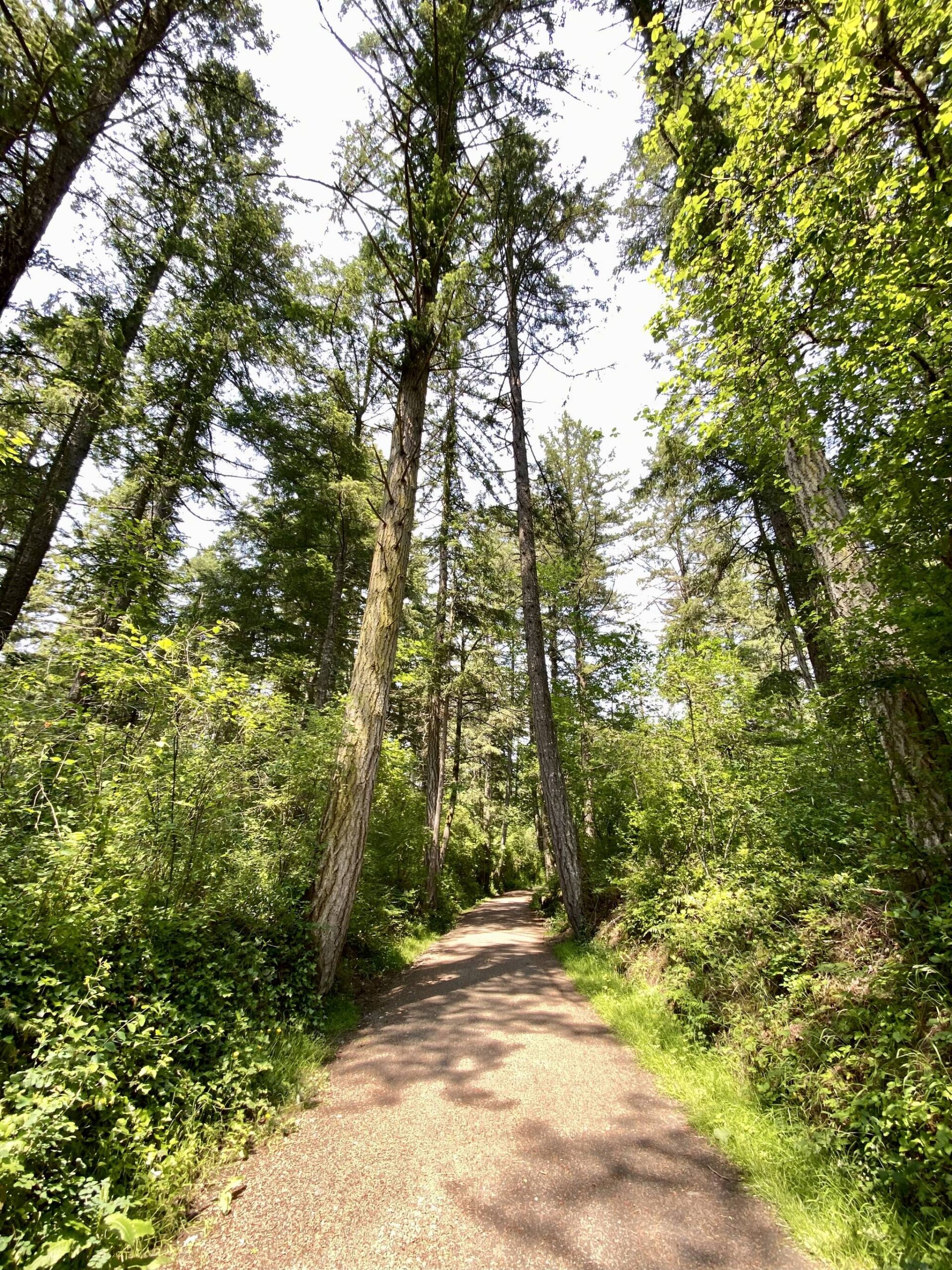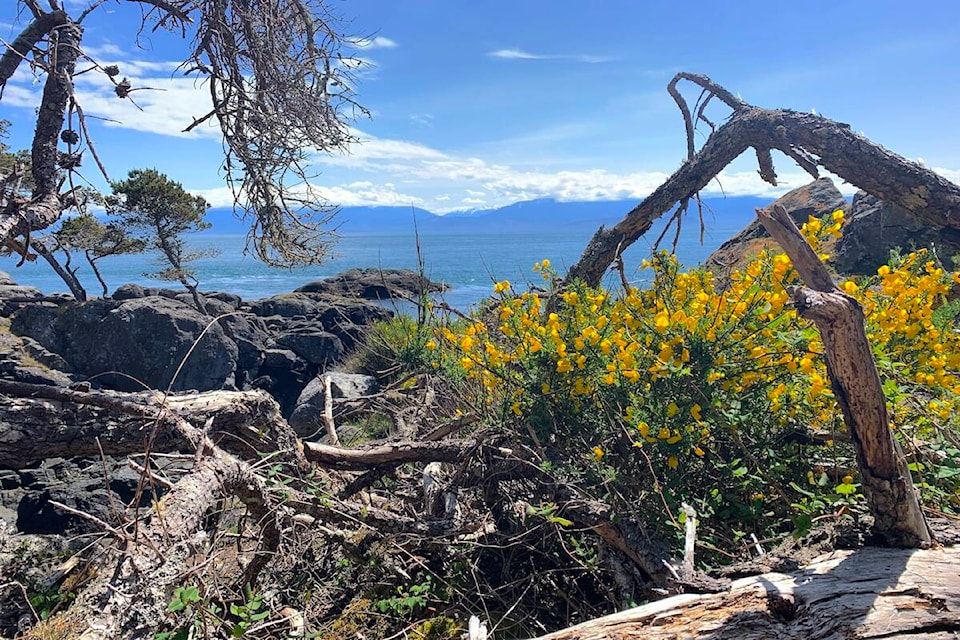All of the Capital Regional District’s 33 parks were officially moved into a federal database for protected and conserved areas on Tuesday (May 16).
“The Capital Regional District is a trailblazer for reporting their locally-protected and conserved areas directly in the national database,” a federal government news release said.
“They are a prime example of how local governments can make meaningful contributions to national and international conservation targets. The future depends on everyone working together to act now.”
The regional parks will now be in the Canadian Protected and Conserved Areas Database, which supports the country’s reporting in accordance with international and domestic biodiversity commitments. It also provides baseline information for expanding protected area networks, species at risk, critical habitats, integrated conservation planning and other uses.
CRD board chair Colin Plant said having the regional parks included in the database shows residents the region is on the right track in terms of meeting commitments to reconciliation, combatting climate change, and protecting at-risk, biodiverse areas in a fast-growing region.

The feds said they’re working with governments, Indigenous groups and environmental NGOs to recognize more areas in the database as Canada aims to conserve 30 per cent of its land and water by 2030. Conserving and restoring nature is vital to halting and reversing biodiversity loss, protecting species at risk, and fighting climate change, the feds said.
In officially recognizing the south Island parklands, federal Environment Minister Steven Guilbeault said he commended the CRD for its contribution to conservation in Canada.
“Nature is deeply woven into Canadians’ sense of identity, and many of us find connection to it through local and municipal parks in our communities,” Guilbeault said. “These areas play an important role in conservation efforts across the country, yet they continue to be under-reported in our national database for protected areas.”
The federal government noted protected and conserved areas mitigate the impacts of climate change by protecting and restoring healthy, resilient ecosystems. It added that intact forests and wetlands capture and store carbon dioxide and can help protect communities from the impacts of climate change.
READ: 1 down, 168 to go: Environmentalists call for province to protect 30% of land by 2030
READ: Negotiators reach nature deal at COP15 despite objections from African countries

Do you have a story tip? Email: newsroom@vicnews.com. Follow us on Twitter and Instagram, and like us on Facebook.



